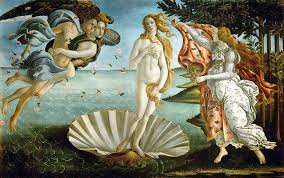PLAZA MAYOR DE SALAMANCA

The Mayor of Salamanca, Spain, square is built as an urban space square that with time has become the center of social life of the city. It was built in the period from 1729 to 1756 year, in Baroque style. The design is the architect Alberto Churriguera
The current aspect, as regards the pavement (gray granite tile with pink granite marks), made around 1953 with granite from quarries Carbellino. Until then he had a central garden with trees, flower beds and a bandstand in the center. He is outlining what a cobbled street.
The main square of Salamanca is not a perfect square (is an irregular quadrilateral) and none of its facades measures the same. Approximately, the City Hall measuring 82.60 m, the eastern facade (Royal Pavilion) 80.60 m, the west façade is 81.60 m and the side of San Martin measures 75.69 m. Making a rough calculation, the square has an area of about 6400 sqm excluding porches. In total, the square has 88 arches with medallions in which major characters are represented in their spandrels.
The Town never completed: missing two towers on the side wings, the architect (Andrés García de Quiñones) did not dare to build on the grounds that the work which should be supported not meet conditions to withstand the weight, but remains the model of 1745. the project of the towers was used by the author to conclude the towers of the Clergy.



















